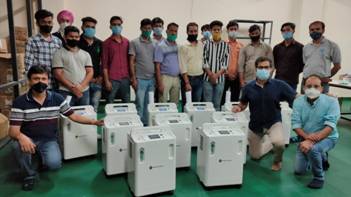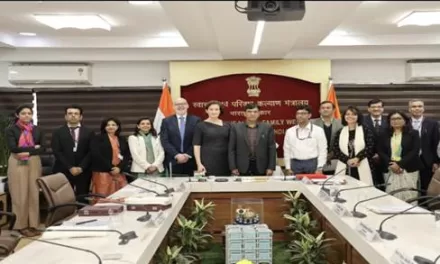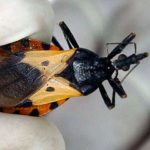February 13, 2024 – Despite significant progress in tackling neglected tropical diseases (NTDs) such as leprosy, lymphatic filariasis, and visceral leishmaniasis, India continues to face challenges in addressing these health concerns, according to health experts.
NTDs encompass a diverse range of conditions caused by various pathogens and are associated with severe health, social, and economic consequences. These diseases often affect marginalized communities in tropical regions, contributing to stigma and social exclusion.
Dr. N K Ganguly, Former Director General of the Indian Council of Medical Research (ICMR), emphasized India’s achievements in eliminating several diseases. He highlighted milestones such as reducing leprosy to below public health problem levels, eradicating guinea worm in 2000, and making significant progress in combating diseases like infective trachoma and Yaws.
However, Dr. Ganguly acknowledged that India’s large population results in high disease burden numbers, despite commendable efforts in disease control and elimination.
Recent data from the National Centre for Vector-Borne Diseases Control (NCVBDC) indicates a decline in major vector-borne diseases like lymphatic filariasis, leishmaniasis, dengue, and chikungunya in India over the past two years. This positive trend underscores the effectiveness of ongoing public health initiatives and interventions.
Dr. K Madan Gopal, an advisor and former Senior Health Consultant at NITI Aayog, emphasized that NTDs are not just medical conditions but also reflect societal and economic challenges. He underscored the ambitious goal of eliminating lymphatic filariasis in India by 2027, three years ahead of the global target.
Visceral leishmaniasis remains a significant challenge, with India accounting for 18% of the global burden. Despite this, progress has been made in reducing cases in endemic regions through dedicated efforts by health workers and volunteers.
Dr. Ganguly outlined key hurdles in NTD elimination, including the need for a comprehensive structure to address Sustainable Development Goal (SDG) elements, coordination challenges across states due to India’s federal structure, and the impact of urbanization and environmental degradation.
Effective surveillance, innovative diagnostic tools, and coordinated efforts across ministries are essential to combat NTDs effectively. Dr. Ganguly emphasized the importance of leveraging technologies such as Geographic Information Systems (GIS) and enhancing research and development for diagnostics and treatments.
Dr. Gopal called for sustained efforts, increased awareness, and international cooperation to overcome NTDs’ challenges and strengthen health systems for a healthier future.
As India continues its journey against NTDs, concerted efforts and innovative approaches will be crucial in achieving sustainable disease control and improving public health outcomes.











